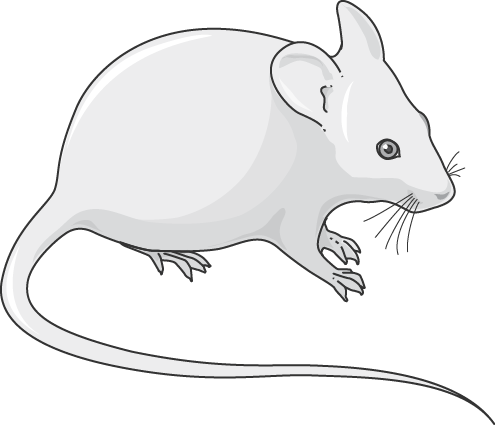15 1.3 Critical Analysis
Critical Analysis
Some disadvantages of this study were that the researchers did not specify if the tumour metastasized during the in vivo mouse experiment and what stage the tumors were in. Although the tumours were the same size, this does not mean they would be at the same stage of cancer progression. The in vivo study was also of a short duration (only four weeks).
Also, the dose of vitexin given to the mice was weight-dependent but the tumour themselves were the same size. Another disadvantage is that the authors did not include a power analysis in their paper and it is unclear what their quota was to get significant results. A power analysis is typically done before the study begins in order to determine the minimum sample size needed.
Some advantages of the study were that the researchers conducted in vivo and in vitro experiments for convincing results. Most importantly, vitexin is a low toxicity treatment and since the current conventional treatment for NSCLC is chemotherapy, which is extremely toxic to the body, the identification of this potential low toxicity treatment is novel.
Length of Study
The length of this study was relatively short when compared to other studies examining NSCLC in mouse models. Some similar recent studies had durations of 8-18 weeks [1], 9 weeks [2], and even up to 27 weeks. [3]
This short duration has several associated concerns including, but not limited to, not enough time to examine potentially toxic effects of the flavonoid compound on mice, no examination of the possible side effects of mTOR pathway disruption, and the lack of long-term tumour progression and metastases analysis.
This concern can easily be remedied in future studies by simply extending the period of analysis to ensure the most comprehensive results possible from the study.

Tumour Progression
Although the tumours excised from mice were found to be the same size, there may have been differences in cancer progression and metastasis. This is a potential concern due to the short duration of the study (4 weeks).
Tumour stage progression and metastasis can take up to a year to two years in humans. [4] A 2018 study on tumour progression and metastasis in mouse models found that grade 4 tumours and metastases only occured 8 weeks after tumour initiation. [5]
Future studies should aim to maintain similar tumour progression among specimens to ensure consistency and replicability. This could be completed by utilizing micro-CT imaging to measure tumour progression and metastasis. [6]
- Sinkevicius, K. W. et al. E-cadherin loss accelerates tumor progression and metastasis in a mouse model of lung adenocarcinoma. Am. J. Respir. Cell Mol. Biol. 59, 237–245 (2018). ↵
- Yang, S. et al. FOXP3 promotes tumor growth and metastasis by activating Wnt/β-catenin signaling pathway and EMT in non-small cell lung cancer. Mol. Cancer 16, 124 (2017). ↵
- Deneka, A. Y. et al. Tumor-targeted SN38 inhibits growth of early stage non-small cell lung cancer (NSCLC) in a KRas/p53 transgenic mouse model. PLoS One 12, (2017). ↵
- Yuan, P. et al. Time-To-Progression of NSCLC from Early to Advanced Stages: An Analysis of data from SEER Registry and a Single Institute. Sci. Rep. 6, (2016). ↵
- Sinkevicius, K. W. et al. E-cadherin loss accelerates tumor progression and metastasis in a mouse model of lung adenocarcinoma. Am. J. Respir. Cell Mol. Biol. 59, 237–245 (2018). ↵
- Namati, E. et al. Longitudinal assessment of lung cancer progression in the mouse using in vivo micro-CT imaging. Med. Phys. 37, 4793–4805 (2010). ↵
